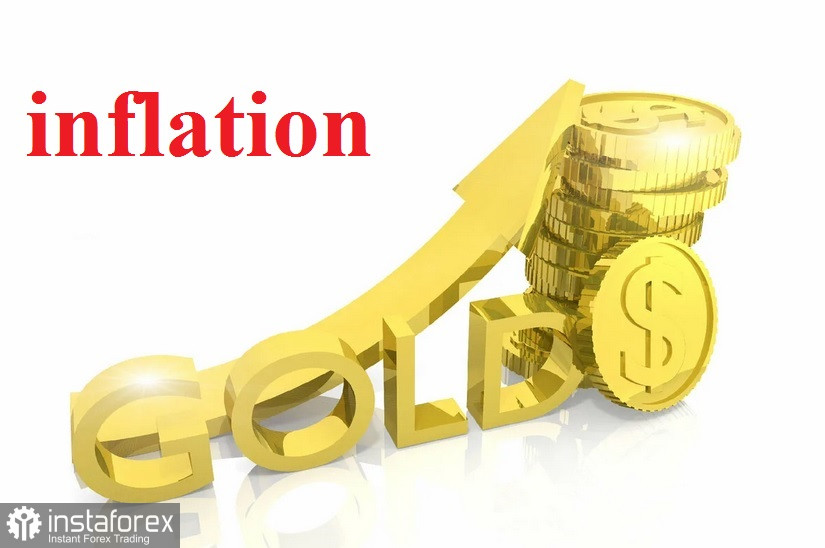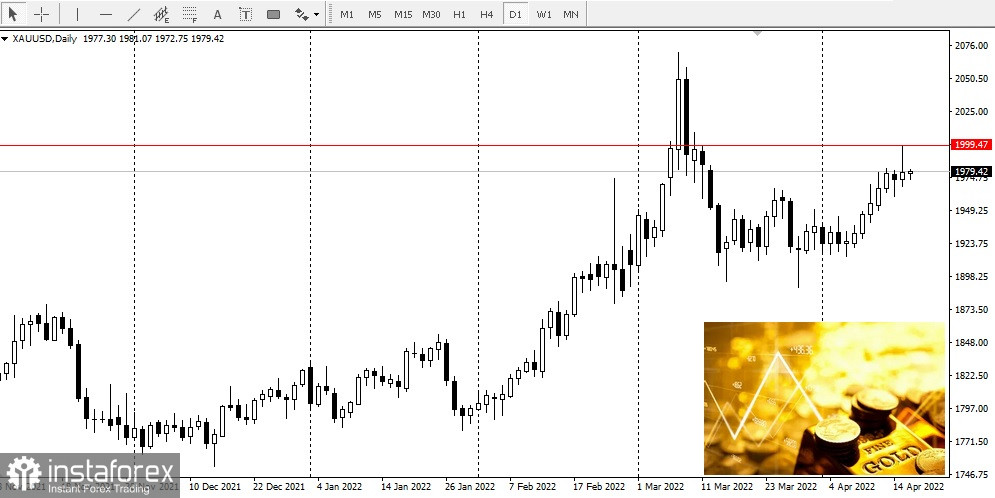
The combination of extremely high inflation and the geopolitical crisis in Ukraine was strong enough to bring gold prices back to $2,000.

The Federal Reserve and global central banks are facing an almost impossible task to reduce rising inflation. Drastic measures will be required, including raising rates to at least half of the current inflation rate. This means an increase in rates to 4%–6%.
However, this alone would not lead to the completion of inflationary normalization. To achieve this goal, governments must focus on the underlying forces that led to the 40-year high.
The inflation rate began to rise long before the geopolitical situation in Ukraine. The rise in inflation began with central banks committing huge amounts of capital to rebuild the devastated economy that occurred during the recession and to carry out the task that did not lead them into a recession. Secondly, the main reason for the increase in prices, in addition to the devaluation of world currencies, was and remains problems with supply chains, which have not yet been resolved.
Geopolitical tensions in Ukraine have added fuel to the fire, exacerbating supply issues, in particular the cost of energy and food. Russia is the third-largest oil exporter to the countries of the world. And grain production, in particular corn and wheat, has a large share of exports from both Ukraine and Russia.
Ukraine, for example, is the fifth-largest producer and exporter of corn in the world, while Russia is the third-largest exporter of wheat in the world. Together, they make up a decent percentage of these grains that are exported around the world. Undoubtedly, these exports have ceased or have been greatly reduced now.
The recent rise in inflation has been fueled by food and energy costs. Last month, gasoline prices alone rose by 18%. Despite being the number one oil producer, the United States has been heavily affected by the US and European Union boycott of Russian oil.
These inflationary forces will remain so constant that it is difficult to imagine that supply chain problems will be resolved this year, and it is unlikely that they will disappear in 2023. This concern, along with the ongoing devaluation of world currencies, is a recipe for double-digit inflation.
Investors have turned to gold and US debt instruments as the safest asset class to protect against the uncertainty that currently exists.





















